History is a chronicle of events, but art is a window into the human experience. Humanizing history means listening to the voices of the marginalized and oppressed. It means telling the stories of ordinary people, and understanding more deeply their tragedies, their hopes and their dreams.
When we humanize history, we come to understand that the past is not just a collection of dates and events, but also a living documentation of the human experience. Art transforms emotions into places, languages, and vivid metaphors. By painting buildings, landscapes and other Palestinian symbols, Palestinian artists unite their nation’s diverse traditions.
Palestinian artists do not just create works of art; their art is also an act of resistance. They are a way for Palestinians to tell their stories and to assert their identity. With every piece of artwork, they draw and paint a different story to challenge the dominant narratives about their identity.
From the refugee camps of Gaza to the rest of the world, Palestinian artists globally are using their creativity to give voice to the Palestinian people. Their paintings depict the resilience of the Palestinian spirit, the beauty of their culture, and the unwavering desire for freedom.
Below is a list of Palestinian artists to know and follow:
Mohammed Amous
Palestinian children experience war as a constant reality that the concept of “peace” can seem like an illusion, according to Palestinian illustrator Mohammad Amous. As a result of his constant awareness of his inner child, Amous paints and draws for children. “I don’t want to complicate or sophisticate things,” he once said. “I am trying to simplify things through my art.”
Amous has organized several art workshops for children before, and is highly recognized for his artwork on Shireen Abu Akleh, who was a prominent Palestinian-American journalist who worked as a reporter for 25 years for Al Jazeera, before she was killed by an Israeli soldier. Abu Akleh was portrayed by Amous as the Statue of Liberty, with her microphone serving as the illuminating torch.
Dalia Elcharbini
Dalia Elcharbini is a Palestinian-Canadian contemporary artist and international exhibitor based in Toronto. She is also a multidisciplinary creative director and designer. Her work is driven by the synergy of design and technology, and she enjoys working with innovative businesses to develop productivity tools for creatives.
Elcharbini’s art is often infused with symbolism and memories of Palestine. She explores themes of identity, displacement, and resilience in her work. She is also passionate about using art to help children impacted by war. In 2020, she founded the Our Stars School Foundation, a non-profit organization that provides art education to children in marginalized communities.
Elcharbini is renowned for her digital illustrations of Palestinian women, which often feature the gold leaf to highlight their traditional embroidery and clothing.
Fuad Alymani
Fuad Alymani is a Palestinian visual artist based in Prague, Czech Republic. His work is a powerful and moving exploration of the Palestinian experience, often focusing on the themes of displacement, identity, and resistance.
Alymani’s work is characterized by its bold colors, expressive brushstrokes, and innovative use of materials. He frequently incorporates traditional Palestinian motifs into his paintings, such as embroidery patterns and geometric shapes. His work is also notable for its large scale, often covering entire buildings and walls.
The artist’s powerful imagery illustrates the horrors of the recent war on Gaza, especially the impact on children. In one illustration, an Israeli airstrike looms behind a child’s shadow, while in another, a child imagines their toy as an Israeli airstrike.
Sultan Abdul Jawad
Sultan Abdul Jawad is a 24 years old Palestinian artist born and raised in the Middle East, currently living in Canada. He is a second generation Palestinian refugee and is part of a new generation of Palestinian artists using their unique art styles to express the realities of the Palestinian diaspora.
Jawad’s work is often characterized by its use of cartoons and other whimsical imagery to portray the disproportionate number of Palestinian civilian casualties. One of Jawad’s most striking works on the recent war on Gaza depicts five Palestinians tied to a railway track, with a train approaching them at high speed. On the other side of the track, another Israeli is tied to the track. The piece is a powerful allegory for the plight of Palestinians living under occupation, who are constantly at risk of death and destruction.
Jawad’s work has been praised for its originality, its creativity, and its storytelling approach. He is one of many young Palestinian artists who are using their art to speak out against injustice and to amplify the voices of their people.
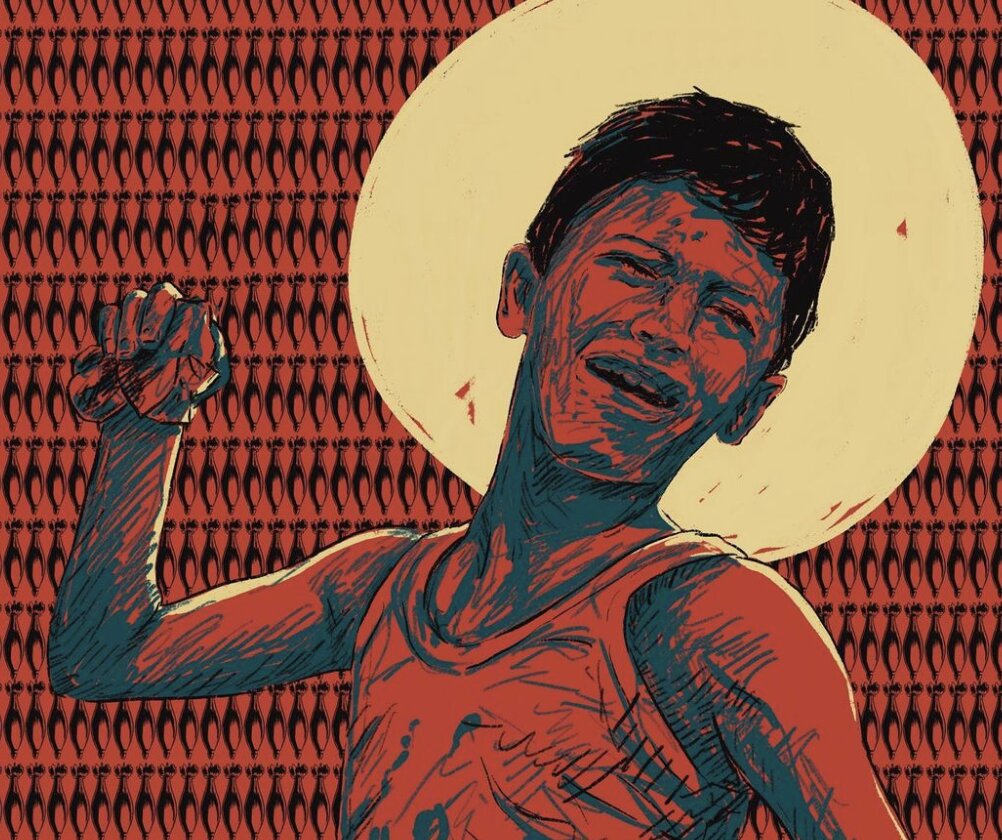
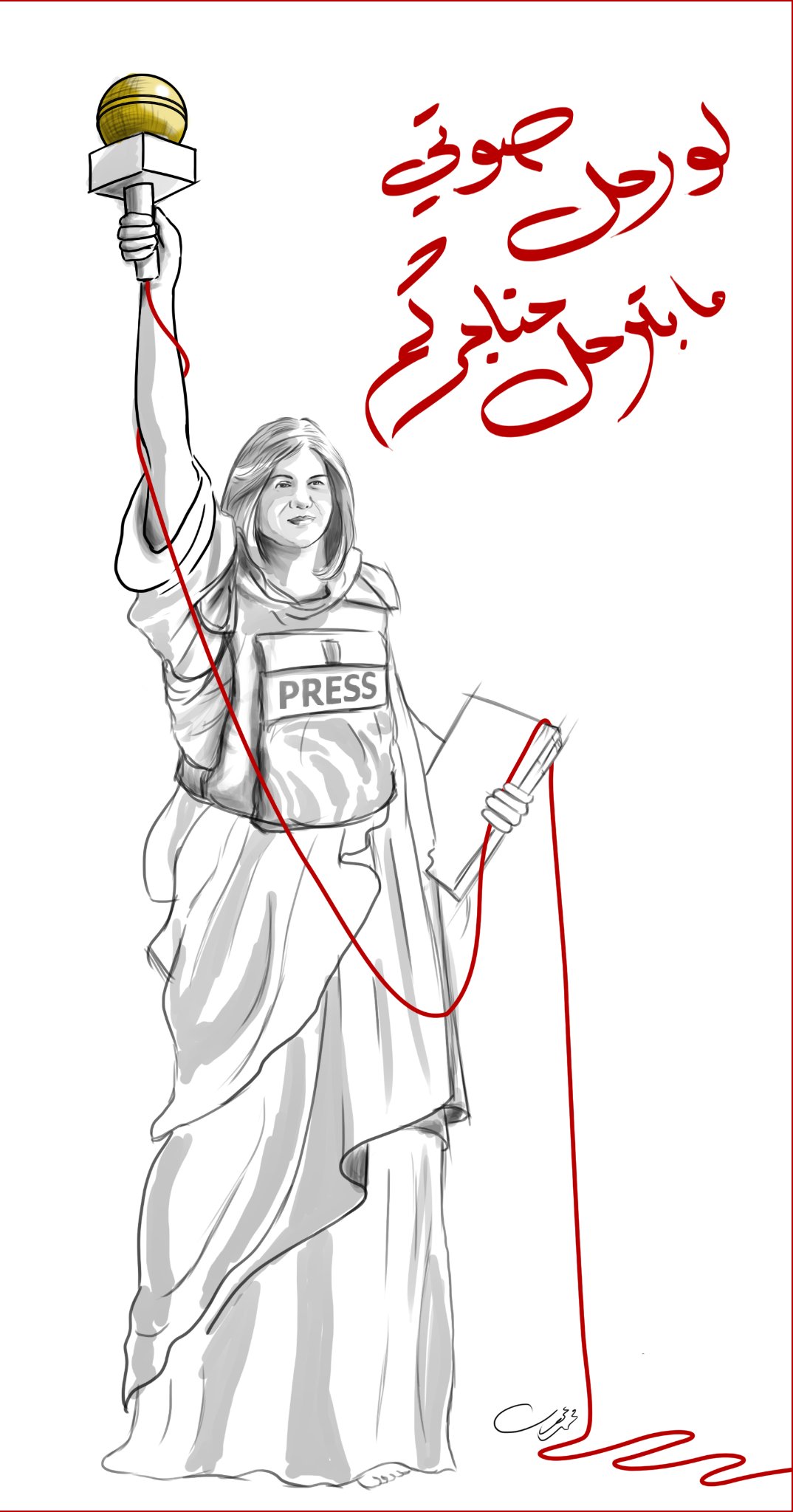

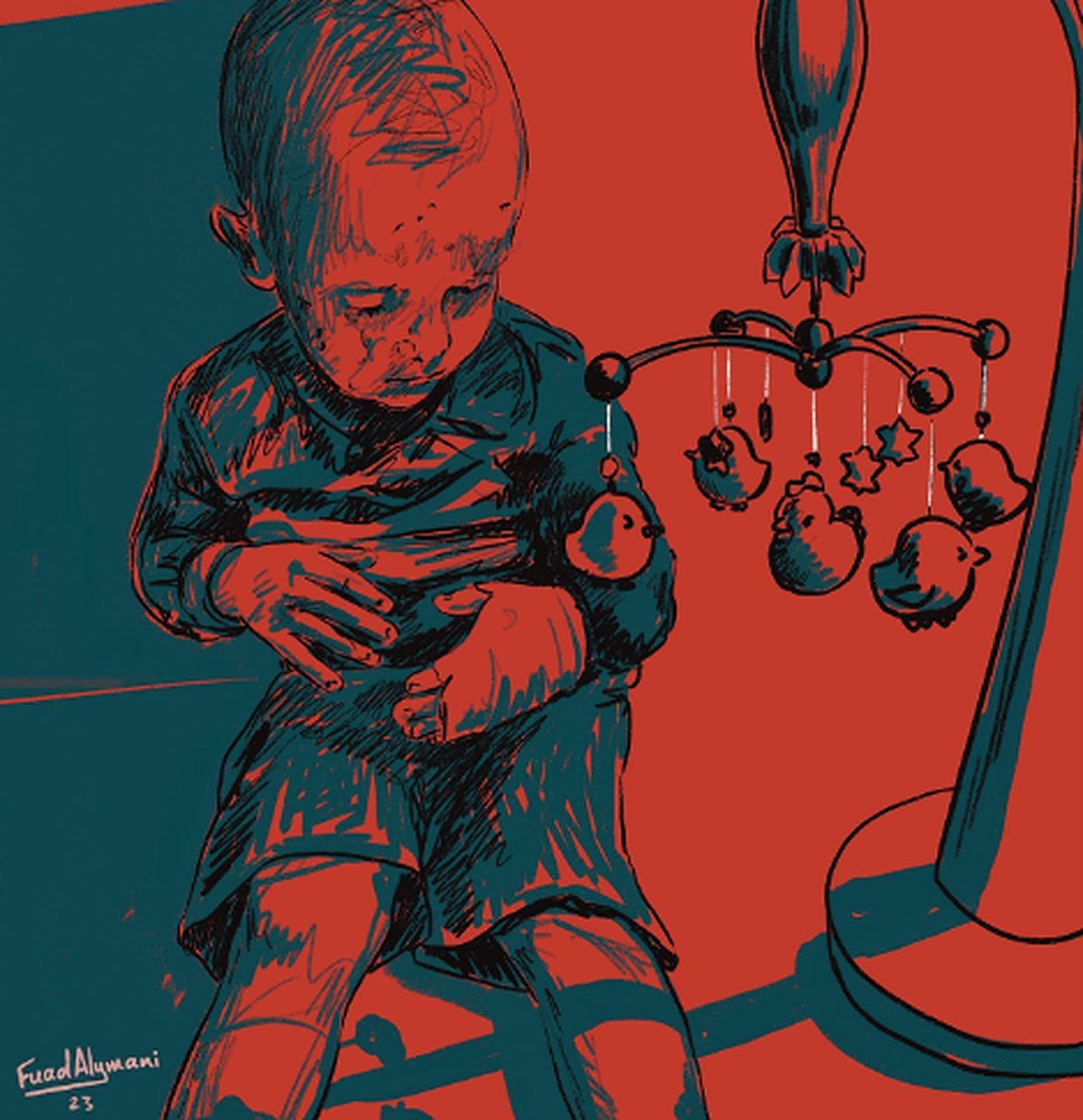
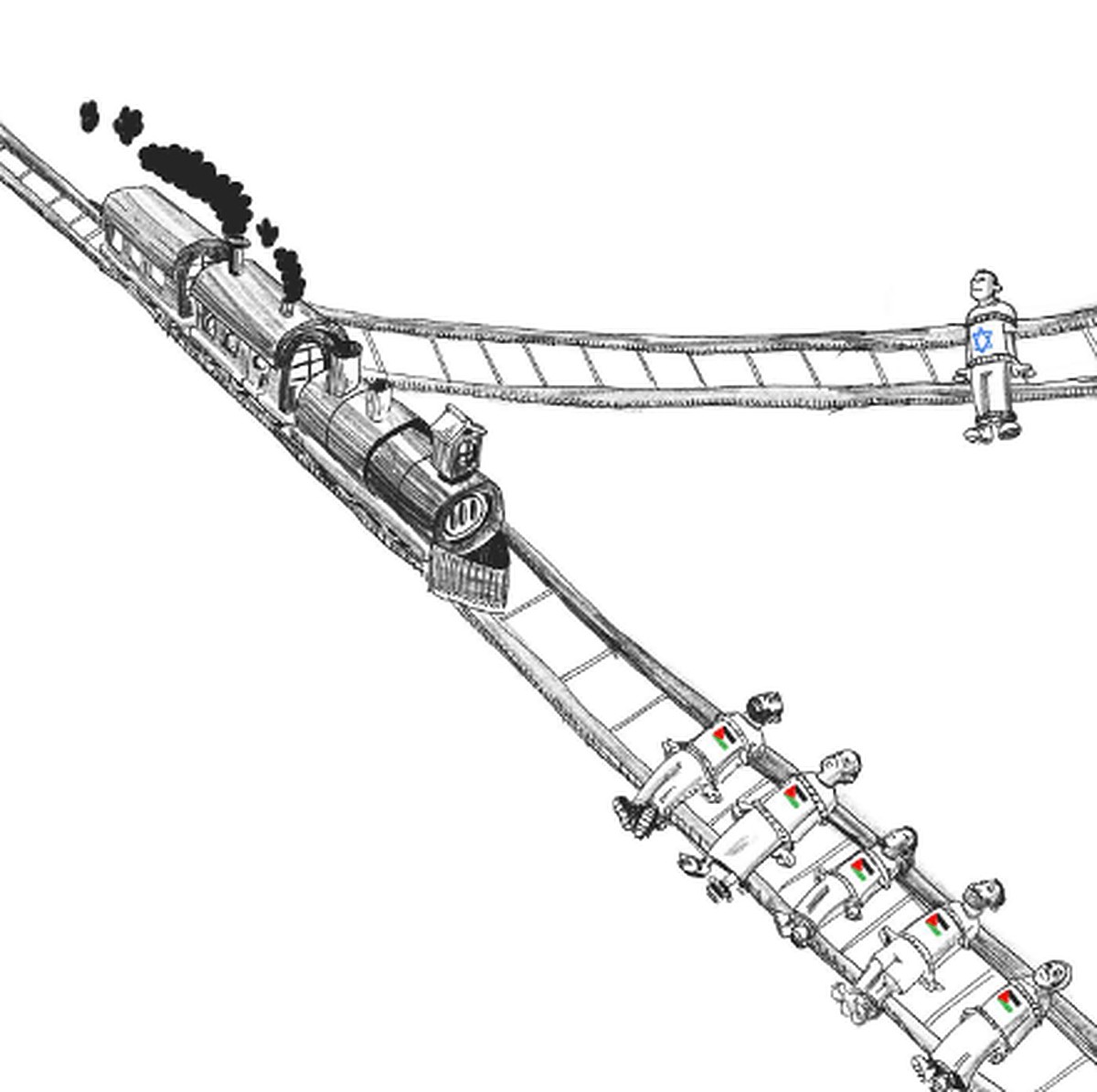



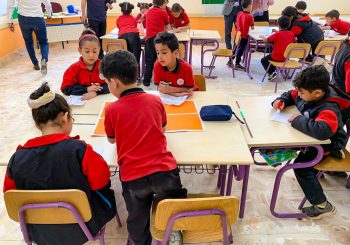
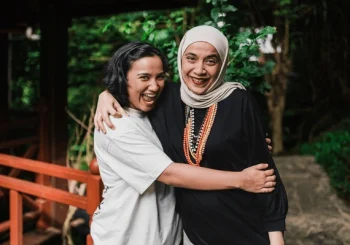
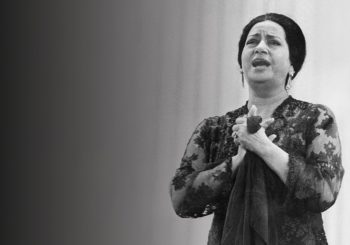
Comment (1)
[…] History is a chronicle of events, but art is a window into the human experience. Humanizing history means listening to the voices of the marginalized and oppressed. It means telling the stories of ordinary people, and understanding more deeply their tragedies, their hopes and their dreams…Read More […]